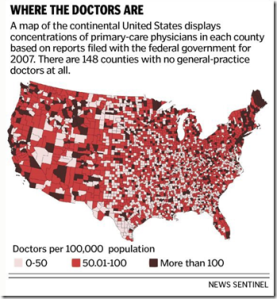So it is sleeting in Alabama (my home) but sunny and very cold here in Cambridge Mass. What? This is not the way it is scripted. Before leaving and after arriving here in New England, I was repeatedly warned about the winter chill. Little did I know that the Big Chill would be the recent Senate election to fill the Senate seat left empty after the death of Ted Kennedy.
What happened? Seems no one is real sure or wants to admit it, so I will take a stab at it from my perspective. The Democratic candidate had never faced a tough campaign, the Democrats and Republicans assumed it was a forgone conclusion that Martha Coakley would win hands down, even the now Senator Brown did not expect to win until a few weeks before the election (trust me on this one),the Democrats largely ignored middle class independents and minorities and there was/is an anti-Obama sentiment.
The independents and middle classes are truly fearful of their future, have anger that Wall Street came before their needs and concerns, and that they would somehow have to help pay the health care tab for the rest of the country.
The new operating system has now stalled. Health Care 2.0 was to be the new operating system. Now, what we can expect is probably a Beta test version.
We can expect fewer bold initiatives like universal coverage and the public option. They no longer exist. What may remain may include accountable care organizations, patient-centered care, medical home models, comparative effectiveness research and improvements in health IT, focus on sustaining Medicaid, requirements to decrease hospital associated harm and error reduction, ways to incentivise primary care and general surgery in underserved areas and hopefully no penalty for preexisting conditions. The commercial insurers will likely continue to adjust and innovate which is a good thing. There is already some evidence of this. United Health and Wellpoint are involved in really tough negotiations with hospitals and all insurers are putting more efforts and resources into quality improvement, patient safety and clinical outcomes. Their sincerity has to be met with skepticism.
Bob Blendon, renowned for opinion research, Professor of Health Policy at the Harvard School of Public Health told my Health Policy class that Health Care reform will not become a reality because of Obama but it will be the public and politicians who will determine the course. The public has spoken here in Massachusetts. Politicians are now on the clock.
As a country, we have to reboot, clean the hard drives, defrag the system and restart. Let’s hope we don’t have to hit the roll-back tab.
Or maybe it will it all comes down to money and getting re-elected. Which operating system to you prefer?
–Ron




